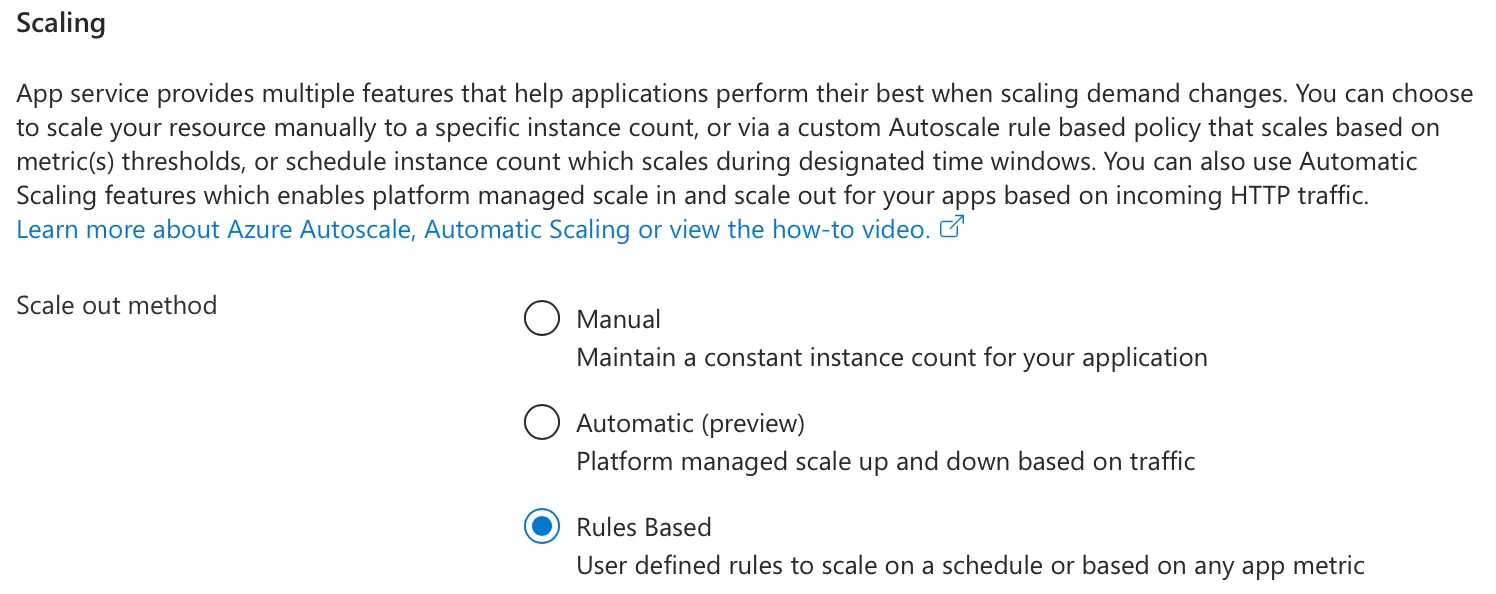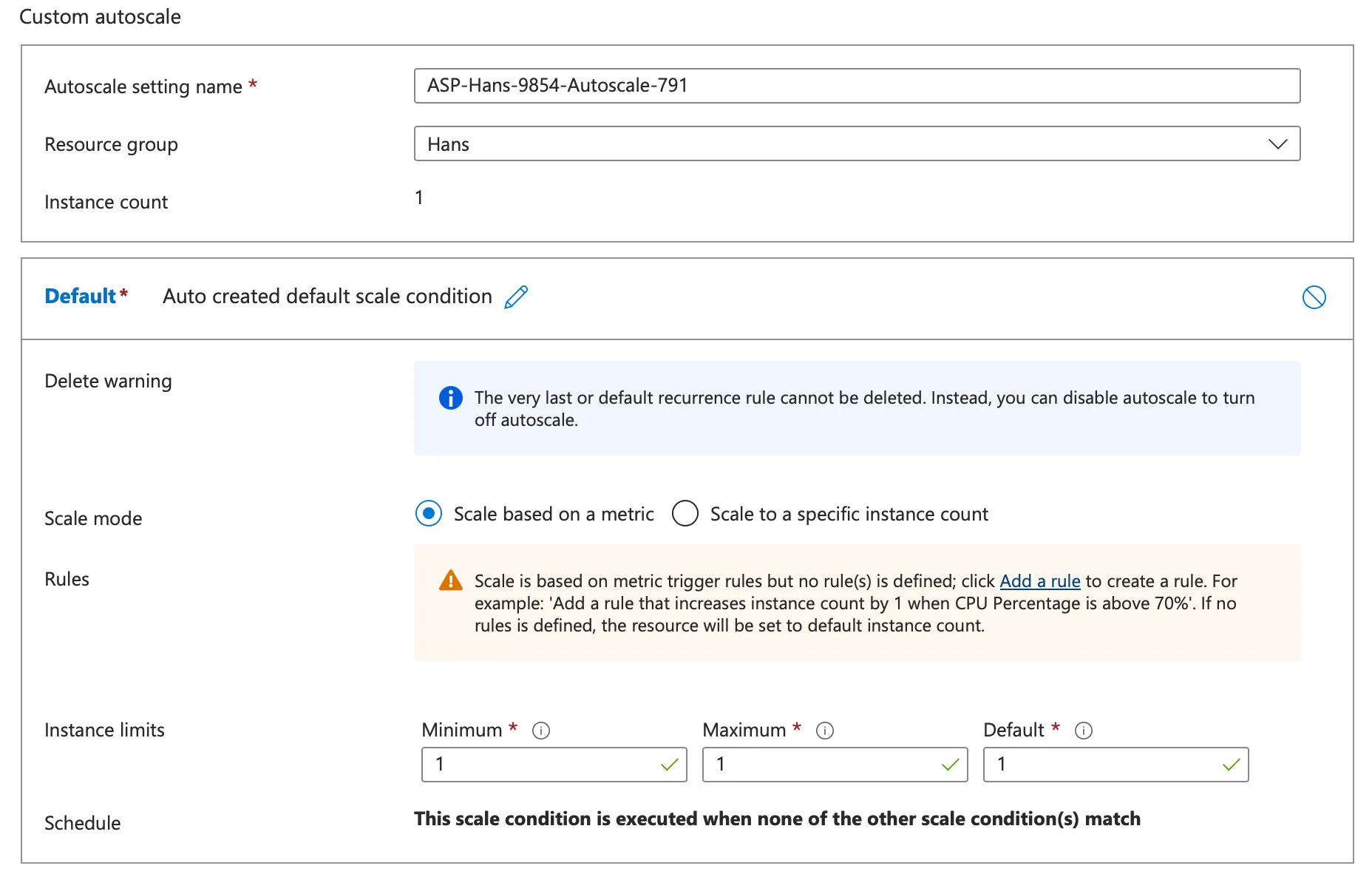# Responsibilities
- On-Site
- we have to manage everything
- IaaS - “Infrastructure as a Service”
- Cloup provider offers some infrastructure
- PaaS - “Platform as a Service” - Example: Webserver
- Cloud provider offers a platform
- we just have to check, that the latest version of our program is deployed
- SaaS - “Software as a Service” - Example: Office365 (we pay for a license & use the applications)
- Cloud provider offers everything
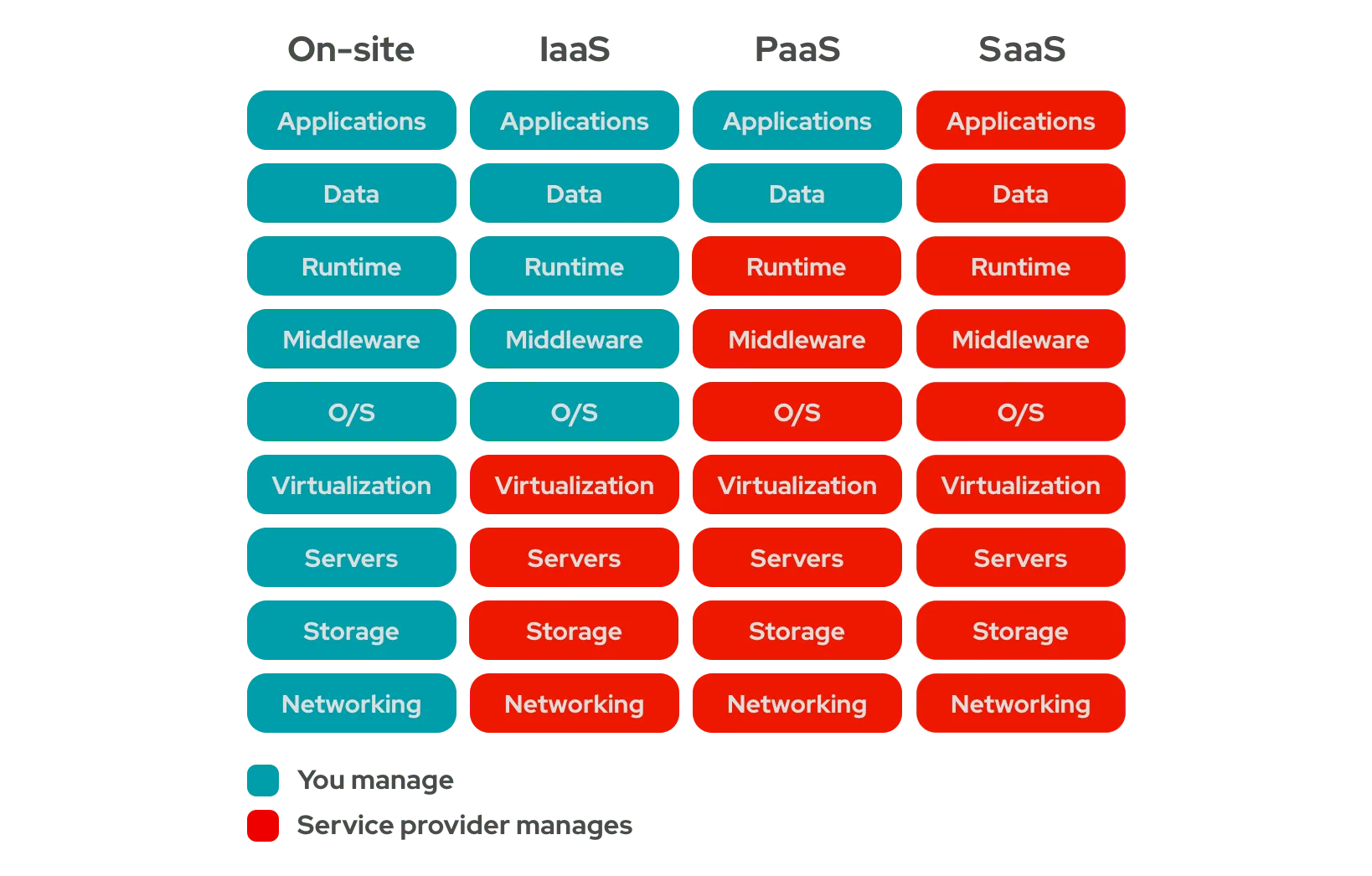
# Why?
- Economies of scale
- Major cloud suppliers can purchase hardware much cheaper than “regular” companies.
- If you need more computational power or storage you needn’t buy more servers, just buy more services from cloud provider.
- Ease of scaling up/down based on demand.
- No need for (traditional) IT personell. Need for DevOps increases though.
# Driving forces
- Pay as you go
- If you have more customers, you might need more processing power and storage → pay more
- If your business is running “slower” (e.g. economic downturn) you might need fewer resources → pay less
- Low entry costs
- No long-term financial commitment
- Individual developers and start-ups can start with nearly no costs.
- High availability
- Guaranteed by SLAs (“Service Level Agreement”)
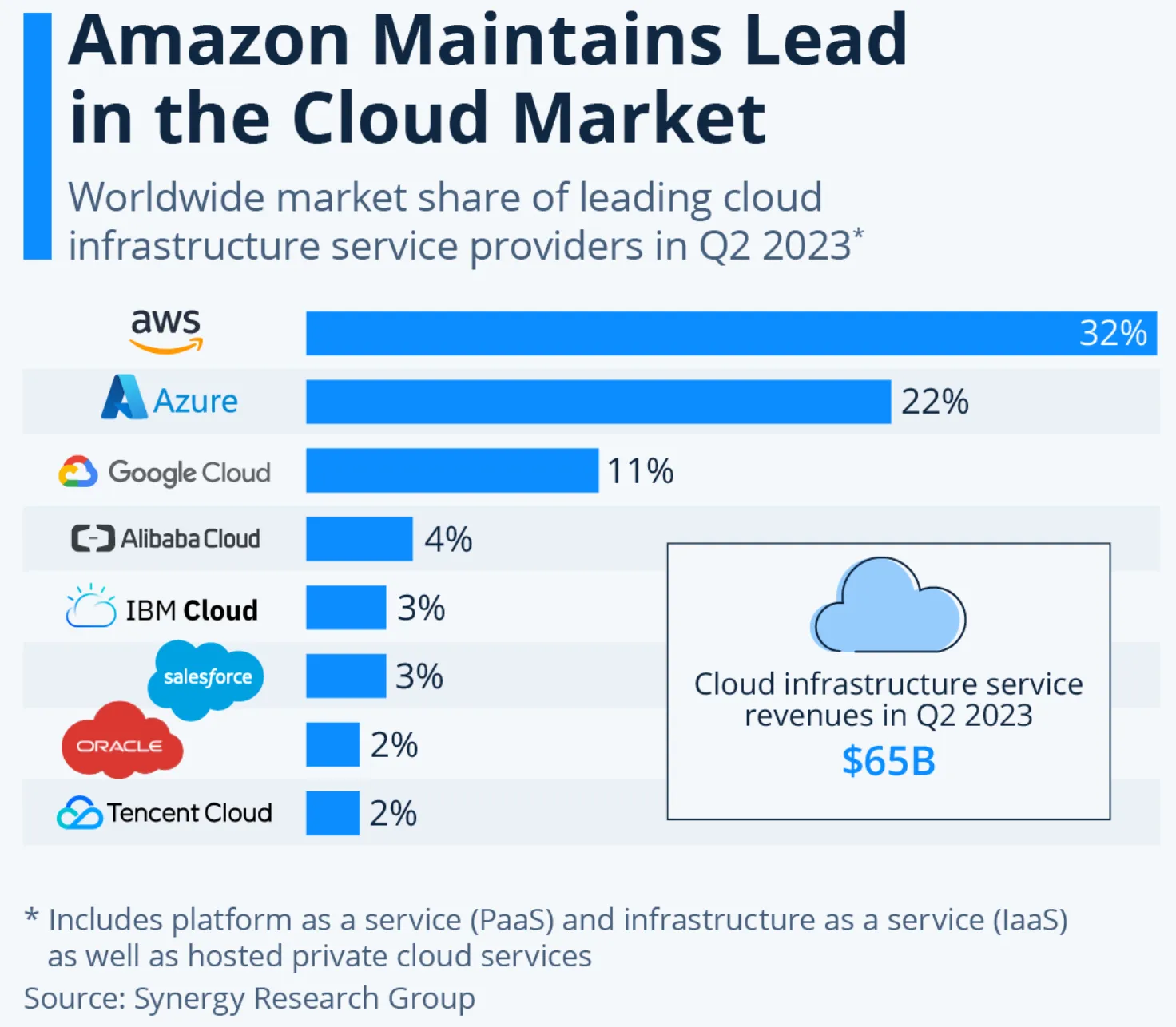
# Microsoft’s revenue by segment
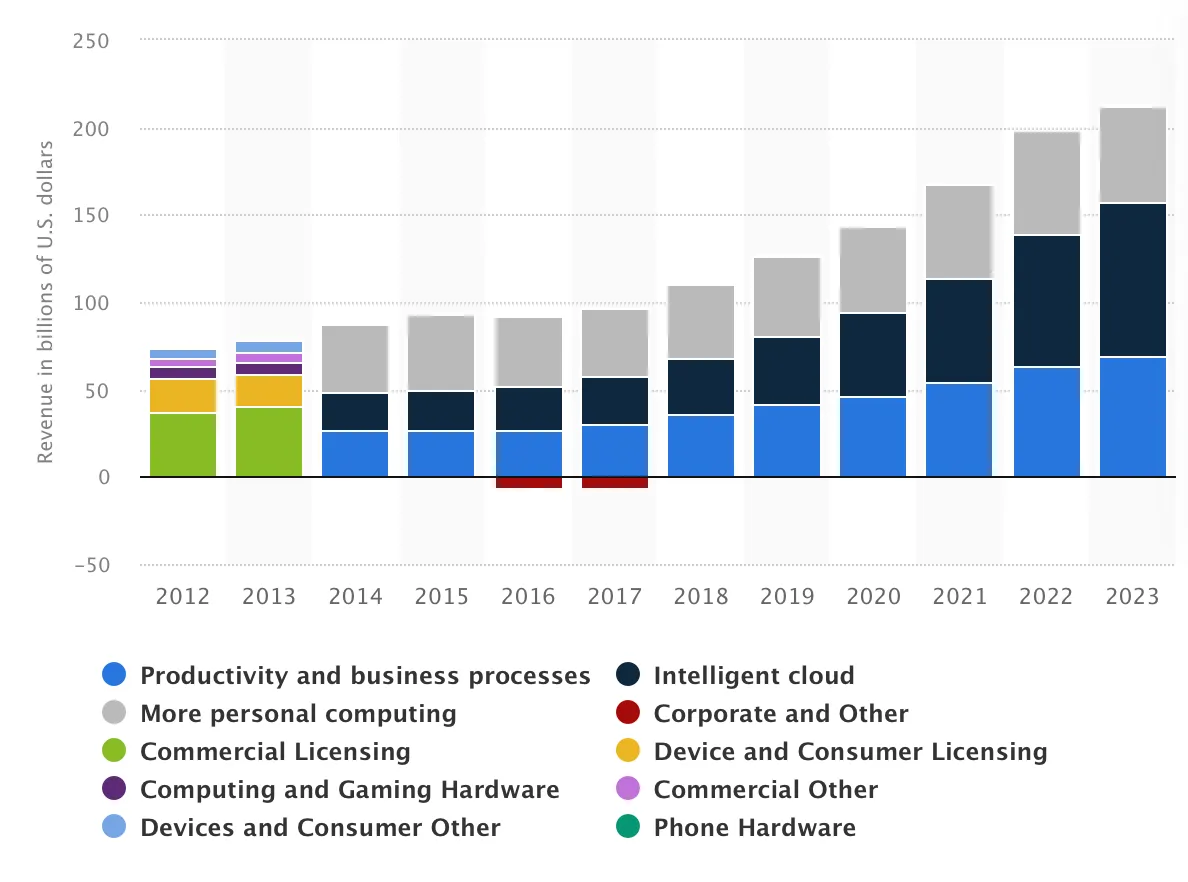
Quelle: statista.com
# SLA
Service Level Agreement
- A service must provide characteristics formally negotiated in a Service Level Agreement (SLA)
Test: Maybe SLA selber schreiben?
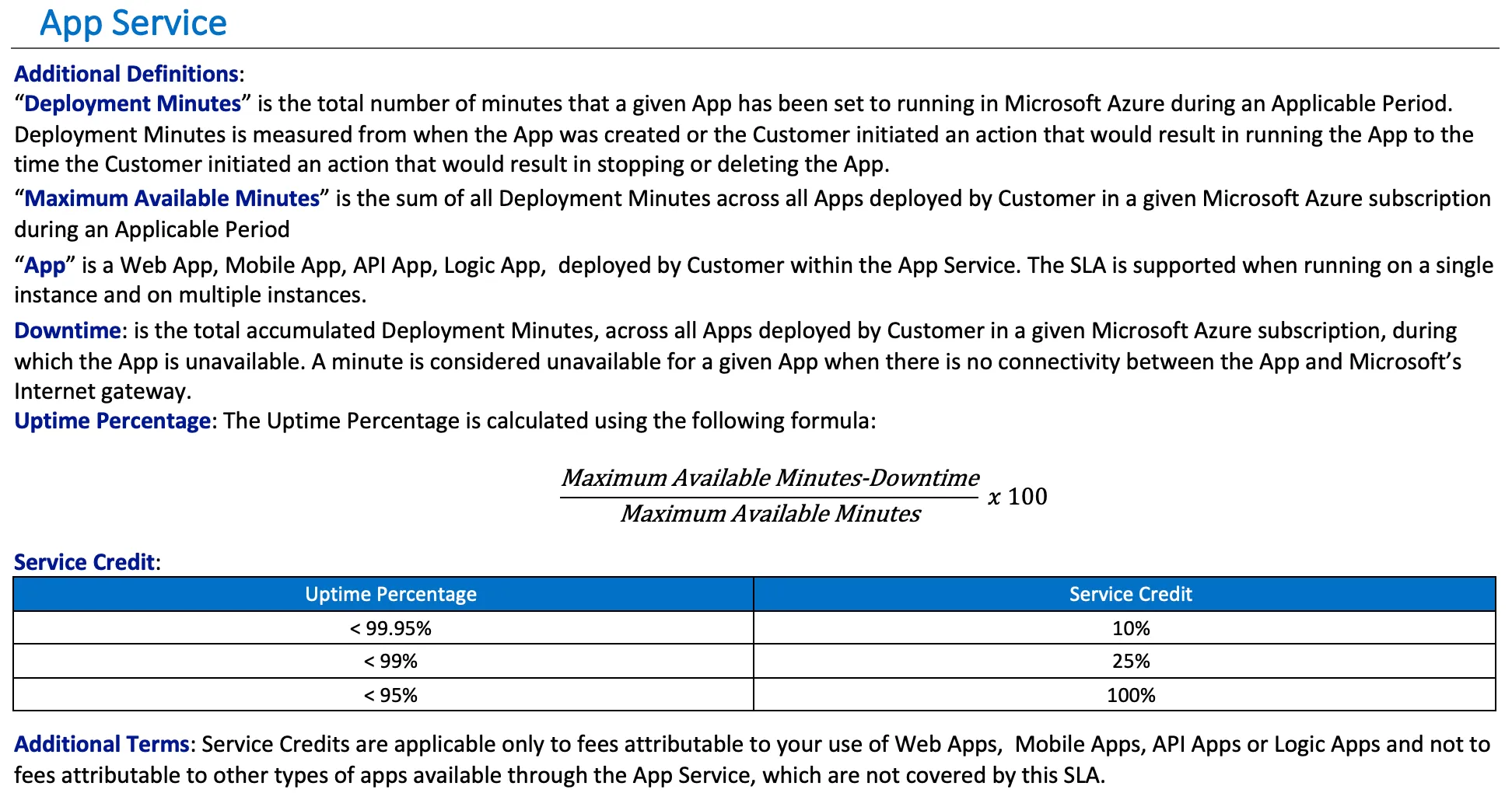 Azure App Service SLA (as of September 2023)
Azure App Service SLA (as of September 2023)
# Types of resources/services
- We often distinguish between
- Compute resources
- Storage resources
# Compute resources
You pay for the time a resource will be available to compute something, e.g.
- App Service (Web Server)
- Azure Functions (Serverless on demand computing)
- AWS - “Lambda”
- Virtual machines
- Container Registry (for managing docker images)
- Container Instances (For running docker containers)
- …
Storage resources
You pay for a certain amount of storage space, e.g.
- Storage account (OP?)
- Azure Cosmos DB
- Data Lake Storage
- …
Mixed resources
Sometimes it’s both storage and computational power you pay for, e.g. SQL Database
Data centers
https://datacenters.microsoft.com/globe/explore
Redundancy
For many services you can specify the desired redundancy level:
- Locally redundant storage (LRS)
- Copies your data three times within a single physical location in the primary region
- Least expensive
- Zone-redundant storage (ZRS)
- Copies your data across three Azure availability zones in the primary region.
- Recommended for applications requiring high availability
- Geo-redundant storage (GRS)
- Copies your data three times within a single physical location in the primary region using LRS
- It then copies your data asynchronously to a single physical location in a secondary region that is hundreds of miles away from the primary region
- Offers durability of at least 99.99999999999999% (16 9’s) = Downtime
Scaling instances
You can scale instances at creation or during usage.
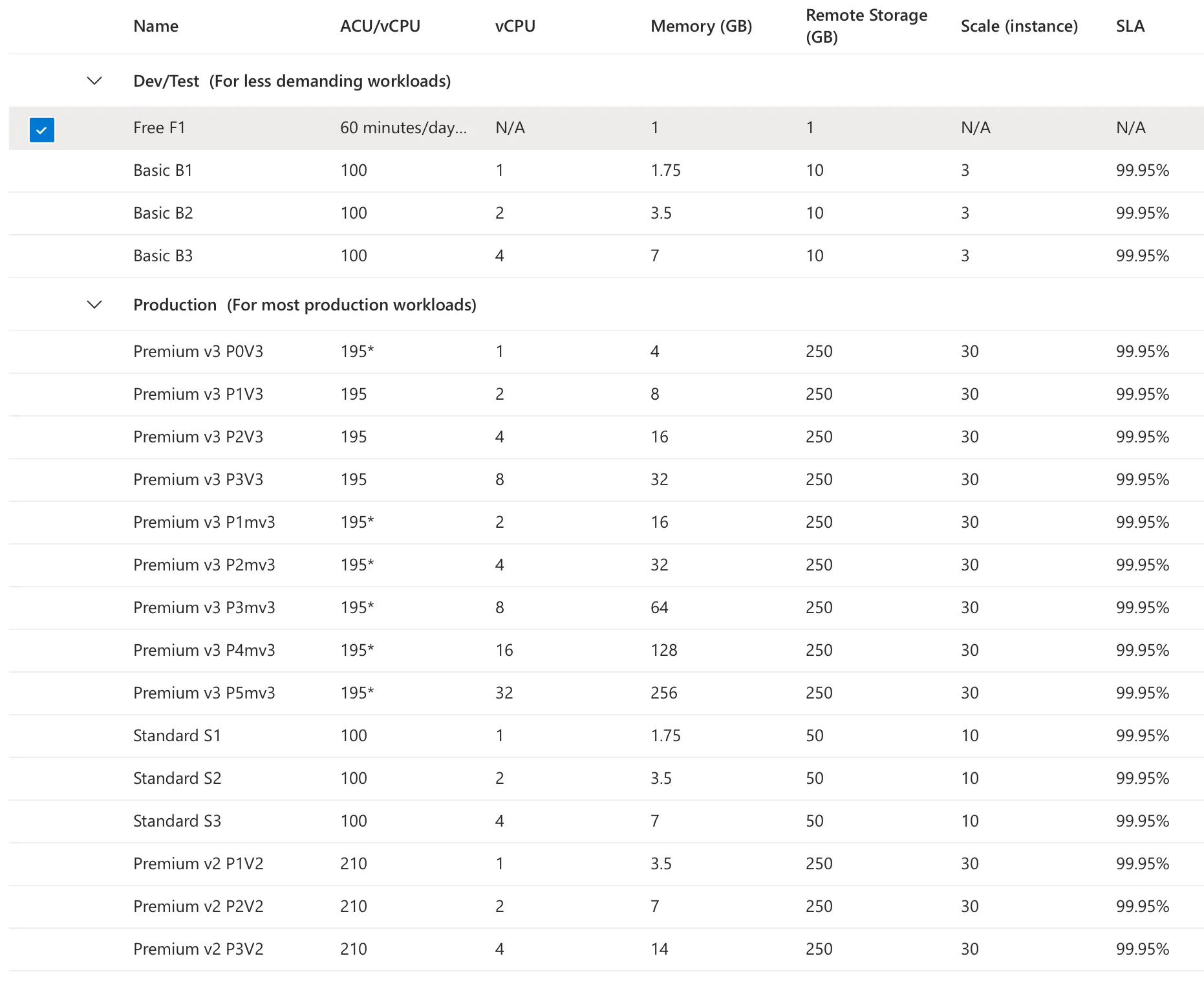
Auto Scaling
There are several options for automatically scaling resources.